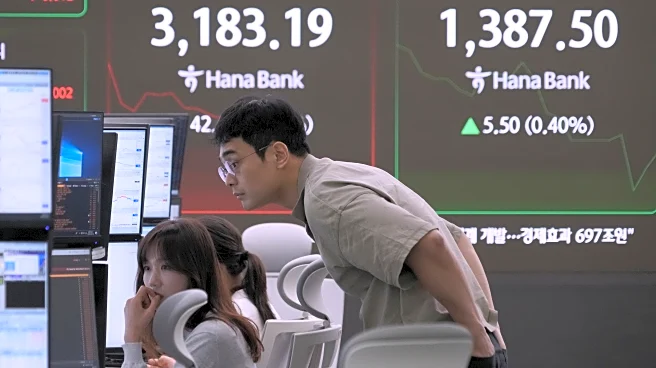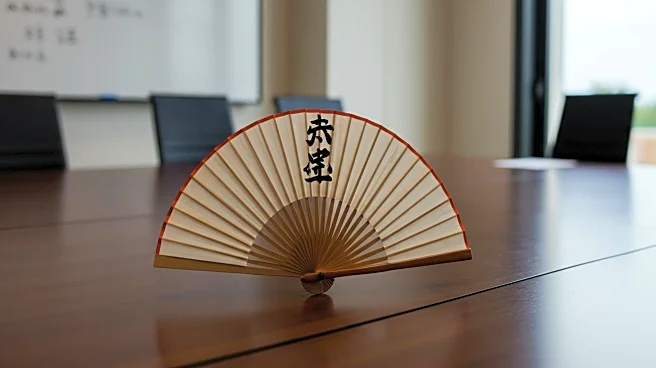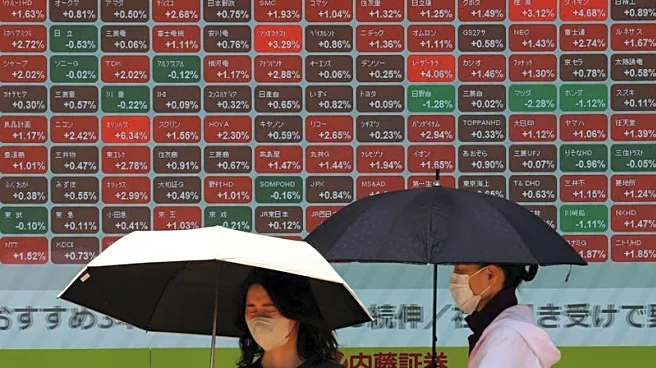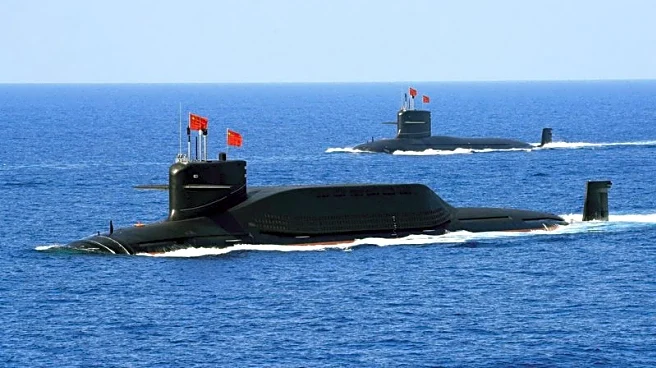What's Happening?
The automotive industries in Japan and China are facing significant profitability challenges in the first half of 2025. Japan's automotive sector is struggling due to the constraints and uncertainties imposed by tariffs on its trade with the United States. These tariffs have created a challenging environment for Japanese automakers, affecting their ability to maintain profitability. Meanwhile, the Chinese automotive market is embroiled in an internal price war, which has further complicated profitability for manufacturers. This price war has led to increased competition and reduced margins, making it difficult for Chinese automakers to sustain their financial performance.
Why It's Important?
The profitability crises in the Japanese and Chinese automotive sectors have broader implications for the global automotive industry. For Japan, the tariffs affecting trade with the U.S. could lead to increased costs for consumers and potential disruptions in the supply chain. This situation may also impact Japanese automakers' global competitiveness. In China, the ongoing price war could lead to market consolidation, with smaller players potentially being pushed out. This could alter the competitive landscape and affect global supply chains, given China's significant role in automotive manufacturing. Both scenarios highlight the interconnectedness of global trade and the potential ripple effects on international markets.
What's Next?
The Japanese automotive industry may seek to negotiate tariff reductions or explore alternative markets to mitigate the impact of U.S. trade constraints. In China, automakers might focus on innovation and cost-cutting measures to survive the price war. Both industries could also look towards technological advancements, such as electric vehicles, to drive future growth and profitability. Stakeholders, including governments and industry leaders, may need to engage in strategic discussions to address these challenges and ensure the sustainability of their automotive sectors.













